Panasonic Lumix DMC-FS10 Review
Panasonic Lumix DMC-FS10
With 5x wide angle zoom and optical I.S. The FS10 is great value
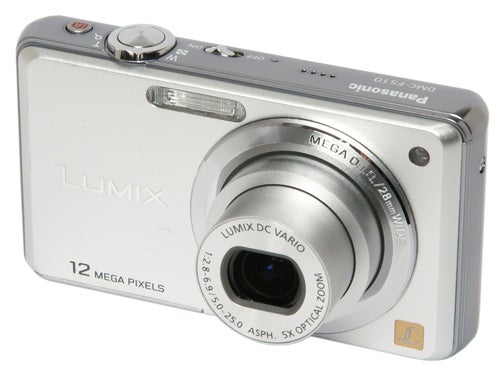
Verdict
Pros
- Aluminium build
- Ultra compact design
- HD video recording
- Great value
Cons
- Slowish autofocus
- Barrel distortion at wide angle
- Mono audio on video
- Screen doesn't have best viewing angles
Key Specifications
- Review Price: £139.00
- 12.1-megapixel
- Ultra compact
- 5x zoom lens (28-140mm)
- Aluminium body
- HD video
 (centre)
(centre)
Best Budget Compact Digital Camera(/centre)
At the end of last year I reviewed the Panasonic FS62, a budget-priced 10MP 4x zoom ultra compact, and one of the cheapest cameras on the market to feature optical image stabilisation. The FS62 was – and still is – the base model of Panasonic’s extensive and growing range of consumer compacts (currently 20 models), but it’s not the only bargain. For those of you looking for a slightly better specification Panasonic has recently launched the FS10, a 12.1-megapixel ultra-compact which features a 5x zoom lens equivalent to 28-140mm, a 2.7-inch LCD monitor, 720p HD video recording and optical image stabilisation. It’s currently selling for around £139, which is a very good price for that specification.
By way of a comparison, the new Canon IXUS 105 (12.1MP, 4x zoom) will be available for £189, while the IXUS 110 IS with a similar spec is £265. The 12MP, 5x zoom Nikon S570 is £135, but that has no image stabilisation. The Nikon S640 does have mechanical IS, but it costs £180. However you look at it, the FS10 offers a lot of camera for the money.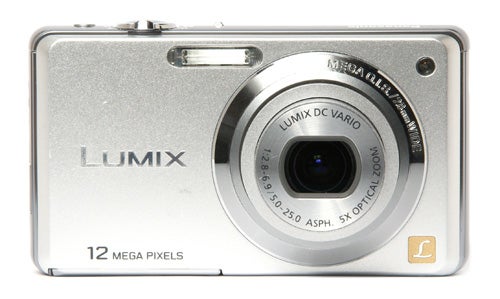
Often with low-cost cameras corners will be cut on build quality, but happily this is not the case with the FS10. It has a well-finished all-aluminium body with a similar overall design to the new range-topping FS33 (£299), which was launched at the same time. It measures 98.4 x 55.2 x 23.4 mm and weighs 145g including card and battery, so it’s small and light enough to slip into a shirt pocket for a night out. It’s available in black, turquoise blue, bright pink and the plain silver finish shown here.
It’s always nice to see a camera design where just as much attention has been paid to handling as to appearance. The FS10 is a good looking camera, but it still handles extremely well. The controls are small but clearly labelled and sensibly laid out, leaving plenty of room to hold the camera, and the flash is positioned well clear of any obstructing fingers when holding the camera. The buttons all operate with a nice positive ‘click’, and Panasonic’s trademark slider switches are solidly mounted and operate smoothly. The zoom control is particularly nice. It isn’t stepped, and has a proportional speed control, so it moves faster the longer you hold it. This means that it is possible to frame shots precisely, while still zooming in fast when needed.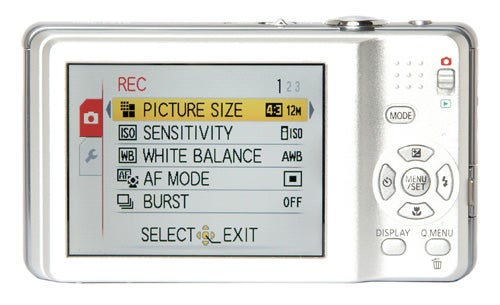
As with all of Panasonic’s compacts the FS10 has a dual menu system; a quick menu for often-used shooting settings including image stabilisation mode, drive mode, AF mode, white balance, ISO and image size, as well as a main menu which duplicates all of these and adds camera set-up options. Despite its impressive specification the FS10 is a pretty basic point-and-shoot camera, so it does lack a few useful features, for instance it has no metering options, relying only on multi-zone evaluative metering. The AF options are also very simple, with only multi-zone, centre-zone or face priority. There are a few colour options and automatic red-eye correction, but that’s about it for the camera’s features. The camera’s main shooting mode is the novice-friendly Intelligent Auto mode, and there is a dedicated button on the top of the camera to activate this mode for easy automatic operation.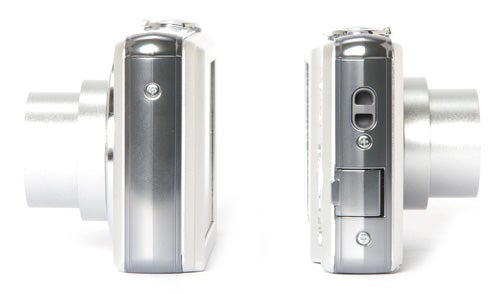
The FS10 does have 720p HD video recording at 30fps with mono audio, but then so does just about every camera on the market by this point. Video clips are restricted to 8mins 24 secs in length at full resolution, and it has to be said that the audio quality is not very good. As usual the optical zoom cannot be used while recording.
My only real complaint about the FS10 is the LCD monitor, which has a rather narrow angle of view by modern standards. It’s not too bad horizontally, but tilt the camera up or down and the screen becomes very dark, inverting completely by about 45 degrees, which is annoying if you need to hold the camera over the heads of a crowd.
The FS10 has astonishingly good performance for such a relatively cheap camera. It can start up and take a picture in approximately 2.5 seconds, and in single-shot mode it has a shot-to-shot time of approximately 1.6 seconds, which is very quick by any standard, and faster than some cameras costing twice as much. In continuous shooting mode it is even faster, zipping along at nearly two frames a second, and apparently able to keep it up until the memory card is full. The only very small fly in the ointment is the autofocus system, which is a little bit on the slow side, but only when compared to other more expensive cameras. It works well in low light though, and the camera has a good AF assist lamp with a range of around three metres.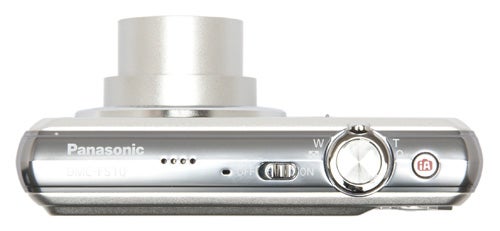
In terms of image quality the FS10 performs very well, although it’s not going to be making any LX3 owners regret their purchase. The lens doesn’t bear the Leica brand name of Panasonic’s more expensive cameras, probably because it does suffer from quite significant barrel distortion at wide angle, however the edge-to-edge sharpness is very good and there is almost no chromatic aberration. As usual with 12MP ultra-compacts the FS10 is lacking in dynamic range, and has no contrast compensation to correct this, so high-contrast or back-lit shots do lack shadow and highlight detail. 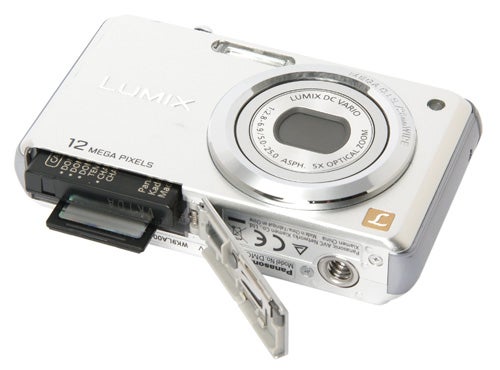
Colour rendition and exposure metering are very accurate and reliable, and image noise is also handled well. The noise reduction system does cause some loss of fine detail at 400 ISO, but even at 800 ISO colour gradients are relatively smooth and images are far from disappointing. All in all the FS10 performs exceptionally well for the money.
”’Verdict”’
With the Lumix DMC-FS10 Panasonic proves once again that its budget cameras are every bit as good as its more expensive prestige models. The FS10 has an excellent specification for the price, and backs it up with superior build quality, outstanding performance and very good picture quality. Once again it’s top marks for value.
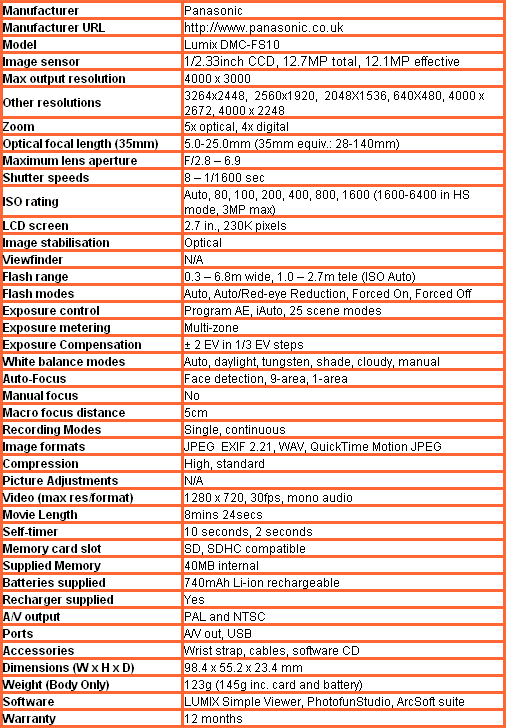
”Over the next few pages we show a range of test shots. On this page the full size image at the minimum and maximum ISO settings have been reduced to let you see the full image, and a series of full resolution crops have taken from original images at a range of ISO settings to show the overall image quality. These ISO test images are shot indoors using shaded natural light for maximum consistency.”
—-

This is the full frame at 80 ISO
—-
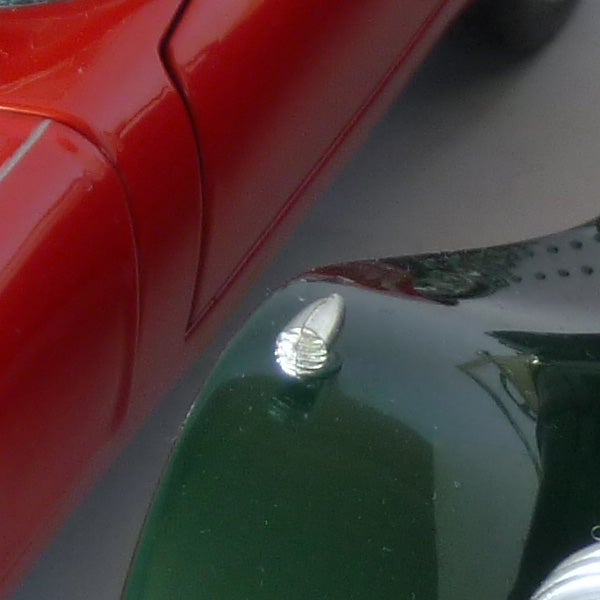
At the minimum ISO setting the image quality is excellent, although the 1 second maximum shutter speed has caused slight under exposure.
—-
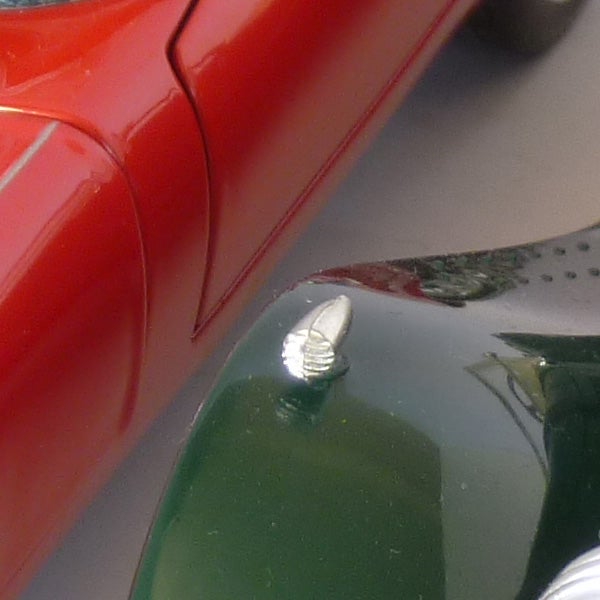
Accurate exposure and good image quality at 100 ISO.
—-

Still no problems at 200 ISO.
—-
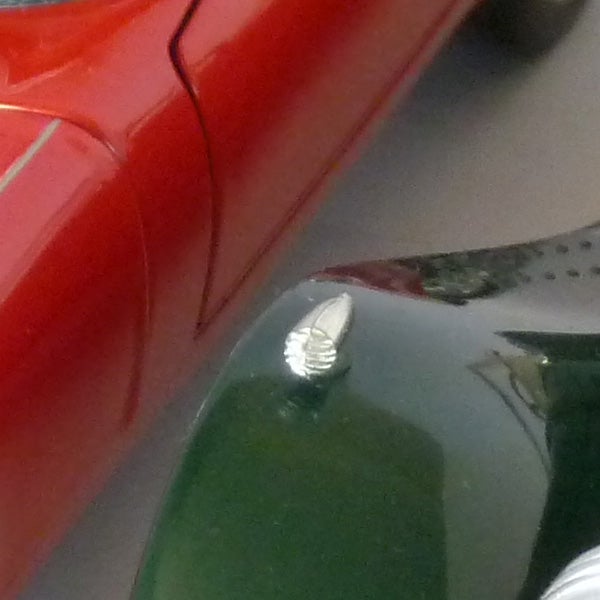
Noise reduction has blurred the fine detail at 400 ISO.
—-
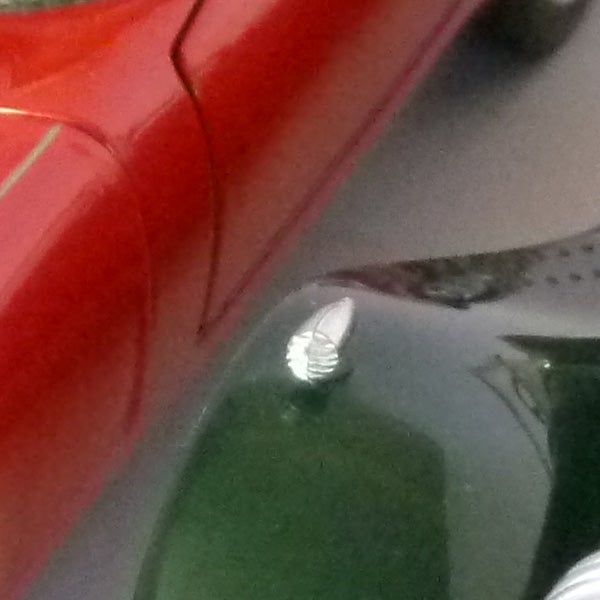
Still more blurring at 800 ISO, but colour gradients are still smooth.
—-

Image quality at 1600 ISO is not good, but I’ve seen far worse.
—-

This is the full frame at 1600 ISO.
—-
”A range of general test shots are shown over the next two pages. In some cases, the full size image has been reduced for bandwidth purposes, and a crop taken from the original full resolution image has been placed below it to show the overall image quality. Some other pictures may be clicked to view the original full-size image. ”
—-

Here’s the usual test shot of the west window of Exeter cathedral to compare detail and sharpness with other cameras. See below for a full-res crop or click to download the full-sized version.
—-

The level of fine detail is excellent, although lens sharpness could be a touch better. Compare this with the Canon IXUS 110 or the Nikon S640.
—-

The non-Leica lens does produce some very visible barrel distortion at wide angle.
—-

Centre sharpness isn’t brilliant, but it’s not too bad.
—-

Corner sharpness is good, with very little chromatic aberration.
—-
”Here are some general test shots to help evaluate the camera’s overall image quality, including the zoom range of the lens. Some pictures may be clicked to download the full size original image. ”
—-

The wide angle end is equivalent to 28mm.
—-

The telephoto end is equivalent to 140mm
—-

Low light focusing is excellent.
—-

Dynamic range is pretty low, as is usual for 12MP compacts.
—-
Trusted Score
Score in detail
-
Value 10
-
Image Quality 8
-
Build Quality 9
Features
| Camera type | Digital Compact |
| Megapixels (Megapixel) | 12.1 Megapixel |
| Optical Zoom (Times) | 5x |
| Image Sensor | CCD |
| Image Stabilisation | Optical |
| LCD Monitor | 2.7 in |
| Flash modes | Built-in Flash |
| Video (max res/format) | 1280 x 720 |
| Memory card slot | Internal Memory, SD Memory Card, SDHC Memory Card, SDXC Card |

